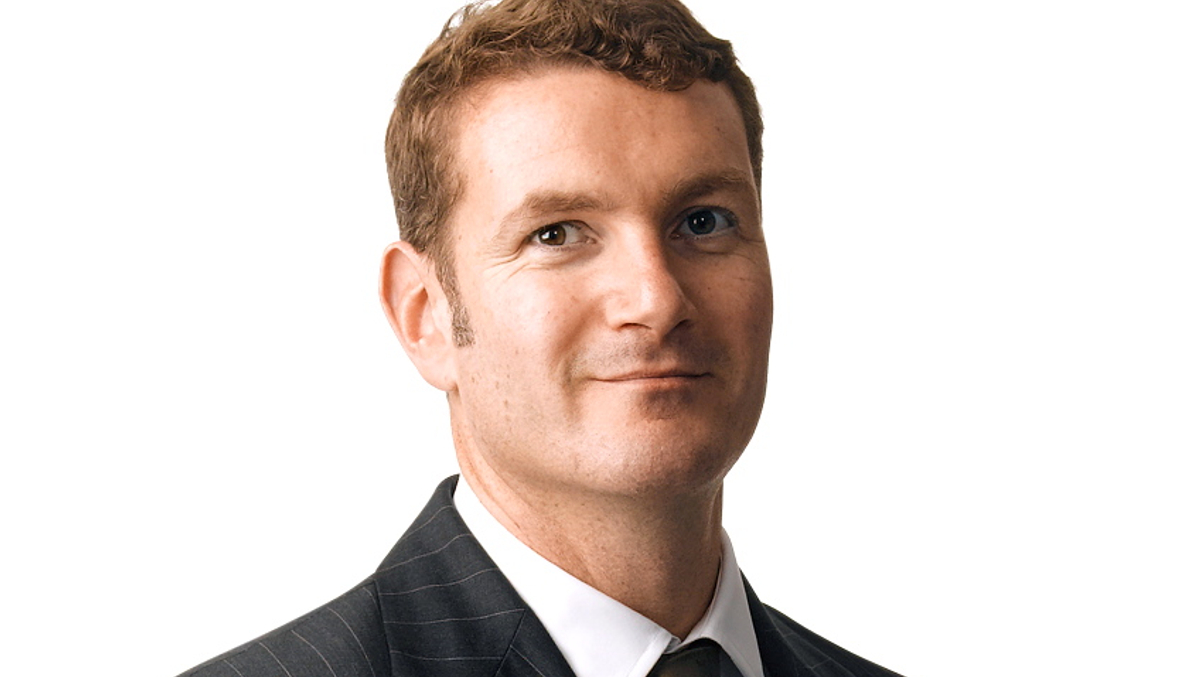Australia’s VFMC increasing infrastructure exposure
Andrew Elliott, deputy CIO at the A$38 billion Victorian Funds Management Corporation, explains how the fund’s approach to infrastructure investing has evolved since 2008.

Victorian Funds Management Corporation, a A$38 billion ($38 billion) sovereign fund representing government authorities for the Australian state of Victoria, is increasing its exposure to global infrastructure opportunities.
Sign In to Your Account
Access Exclusive AsianInvestor Content!
Please sign in to your subscription to unlock full access to our premium AI resources.
Free Registration & 7-Day Trial
Register now to enjoy a 7-day free trial—no registration fees required. Click the link to get started.
Note: This free trial is a one-time offer.
¬ Haymarket Media Limited. All rights reserved.


